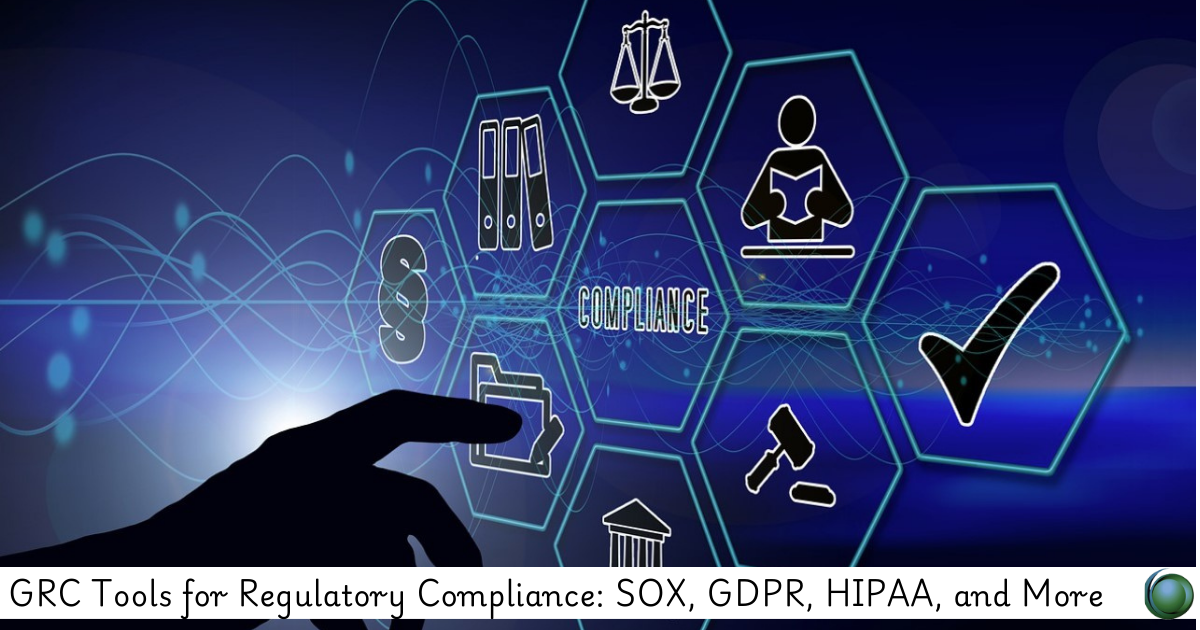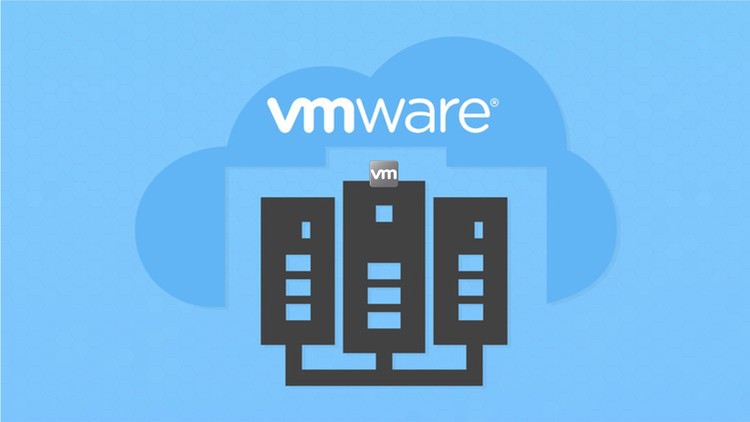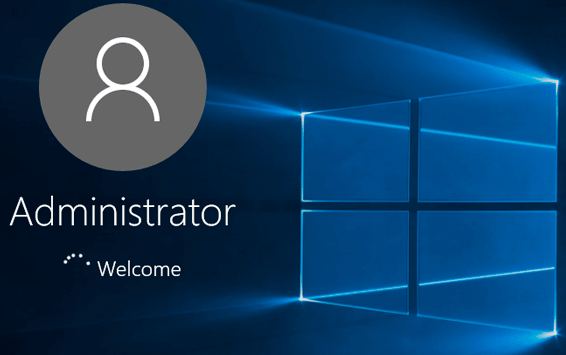Description
Introduction
Regulatory compliance is a critical aspect of any organization’s risk management strategy. Governance, Risk, and Compliance (GRC) tools are pivotal in helping organizations meet regulatory requirements such as SOX (Sarbanes-Oxley), GDPR (General Data Protection Regulation), and HIPAA (Health Insurance Portability and Accountability Act). This course explores how GRC tools can be utilized to automate, monitor, and streamline compliance efforts for these and other key regulations. Participants will gain practical insights into using GRC tools to ensure compliance, mitigate risks, and maintain operational efficiency in highly regulated industries.
Prerequisites
- Basic understanding of GRC principles and frameworks
- Familiarity with regulatory requirements such as SOX, GDPR, and HIPAA
- Understanding of risk management and compliance workflows
- Prior experience with GRC tools is beneficial but not required
Table of Contents
- Introduction
1.1 What is Regulatory Compliance?
1.2 Overview of Governance, Risk, and Compliance (GRC) Tools
1.3 The Role of GRC Tools in Managing Regulatory Compliance
1.4 Key Regulations in Focus: SOX, GDPR, HIPAA, and Beyond - SOX Compliance: Automating Financial Controls and Reporting
2.1 Understanding Sarbanes-Oxley (SOX) Requirements
2.2 Using GRC Tools to Streamline SOX Compliance Processes
2.3 Automating Financial Controls and Audit Trails
2.4 Best Practices for Continuous SOX Compliance Monitoring - GDPR Compliance: Managing Data Privacy and Protection
3.1 Key Principles of GDPR
3.2 Leveraging GRC Tools to Ensure GDPR Compliance
3.3 Data Protection Impact Assessments (DPIAs) with GRC Tools
3.4 Automating Consent Management and User Rights Requests
3.5 Ensuring Data Breach Notification Compliance with GRC Systems - HIPAA Compliance: Safeguarding Health Information
4.1 Overview of HIPAA Requirements
4.2 Managing Protected Health Information (PHI) with GRC Tools
4.3 Automating Risk Assessments for HIPAA Compliance
4.4 Using GRC Tools for Auditing and Reporting in Healthcare
4.5 Ensuring Security and Privacy Controls for PHI - Other Key Regulations: PCI DSS, FISMA, and More
5.1 An Introduction to PCI DSS (Payment Card Industry Data Security Standard)
5.2 Using GRC Tools for PCI DSS Compliance
5.3 FISMA (Federal Information Security Modernization Act) and GRC Tools
5.4 Other Industry-Specific Compliance Requirements (e.g., CCPA, NIST)
5.5 Customizing GRC Tools for Unique Regulatory Needs - Implementing GRC Tools for Regulatory Compliance
6.1 Key Considerations for Implementing GRC Tools(Ref: Selecting the Right GRC Tool: A Comparative Analysis)
6.2 Integrating GRC Tools with Existing Compliance Frameworks
6.3 Mapping Regulations to GRC Tool Features
6.4 Defining Roles and Responsibilities for Compliance Monitoring
6.5 Building a Regulatory Compliance Dashboard with GRC Tools - Automating Compliance Reporting with GRC Tools
7.1 Generating Compliance Reports for Regulatory Authorities
7.2 Automating Audit Trails and Documentation
7.3 Customizing Reports for Different Stakeholders
7.4 Real-Time Reporting and Alerts for Compliance Violations
7.5 Streamlining Compliance Data Collection and Management - Continuous Monitoring and Risk Assessment for Compliance
8.1 Setting Up Continuous Monitoring for Regulatory Compliance
8.2 Real-Time Alerts and Risk Indicators for Compliance Gaps
8.3 Integrating Risk Assessment Frameworks with GRC Tools
8.4 Using GRC Tools for Periodic Reviews and Compliance Audits
8.5 Conducting Impact Assessments and Corrective Actions - Case Studies: GRC Tools for Regulatory Compliance in Different Industries
9.1 Case Study 1: SOX Compliance in Financial Institutions
9.2 Case Study 2: GDPR Compliance in Technology Companies
9.3 Case Study 3: HIPAA Compliance in Healthcare Organizations
9.4 Case Study 4: PCI DSS Compliance in E-Commerce
9.5 Lessons Learned and Best Practices - Future of Regulatory Compliance with GRC Tools
10.1 Emerging Trends in Regulatory Compliance
10.2 The Role of AI and Automation in Regulatory Compliance
10.3 The Integration of GRC Tools with Emerging Technologies (e.g., Blockchain)
10.4 The Future of Data Privacy and Compliance in a Globalized World
10.5 Preparing for New Regulations and Compliance Challenges
As regulatory requirements evolve, organizations must remain agile and proactive in ensuring compliance. GRC tools provide the necessary framework to automate and streamline the compliance process, ensuring adherence to regulations such as SOX, GDPR, and HIPAA. By leveraging GRC tools, businesses can reduce the complexity of managing compliance, improve audit readiness, and mitigate risks. This course provides valuable insights into how can optimize this process, enhance operational efficiency, and ensure that organizations stay compliant with a broad range of regulatory requirements. Whether you’re in finance, healthcare, or technology, mastering the use of GRC tools will strengthen your compliance strategy and future-proof your operations.







Reviews
There are no reviews yet.